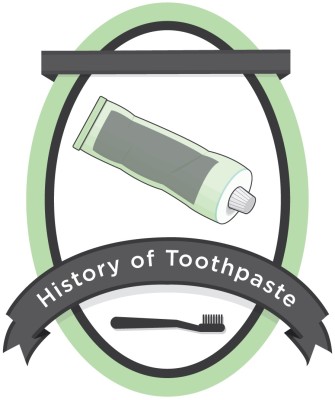
We’ve touched on the origins – and, thankfully, evolution – of the toothbrush, but have you ever wondered about the history of toothpaste?
Unsurprisingly, the Egyptians – who also used urine to whiten teeth – were among the first to develop a form of toothpaste. In 5000 BC, pumice, burnt eggshells and powdered oxhooves all were a part of this teeth “cleaning” formula.
In the early 1800s in the United States, the ingredient soap was added to dental paste, sometimes joining charcoal and chalk. In 1873, Colgate began to sell the paste in jars.
The forerunner to today’s toothpaste was created in 1914, when fluoride was added to the formula. Other synthetics were also added to create foam and prevent tooth abrasion, influencing the toothpastes we use today.
It wasn’t until after 1945 that soap was removed from common toothpastes and replaced with ingredients that helped make the paste smooth.
Today, we typically see toothpastes with fluoride, flavoring and sweeteners – in addition to the cavity-preventing, whitening, tartar-fighting and other specialty varieties you can choose from.





